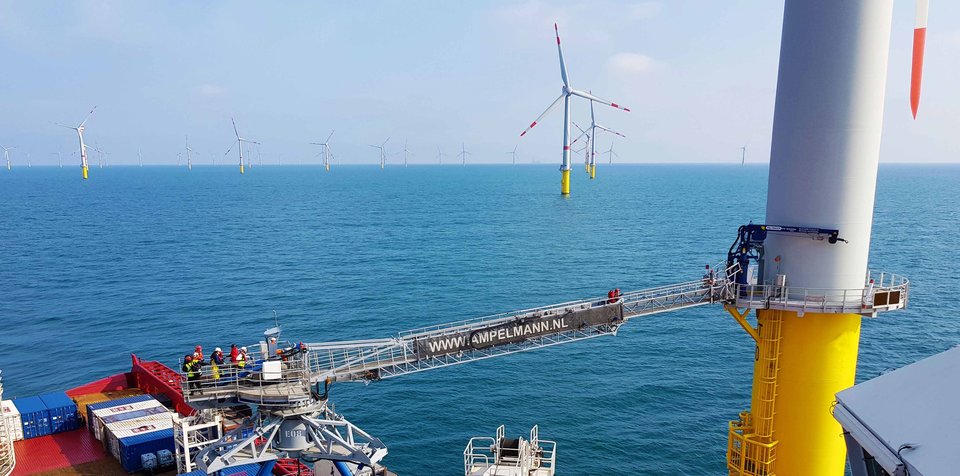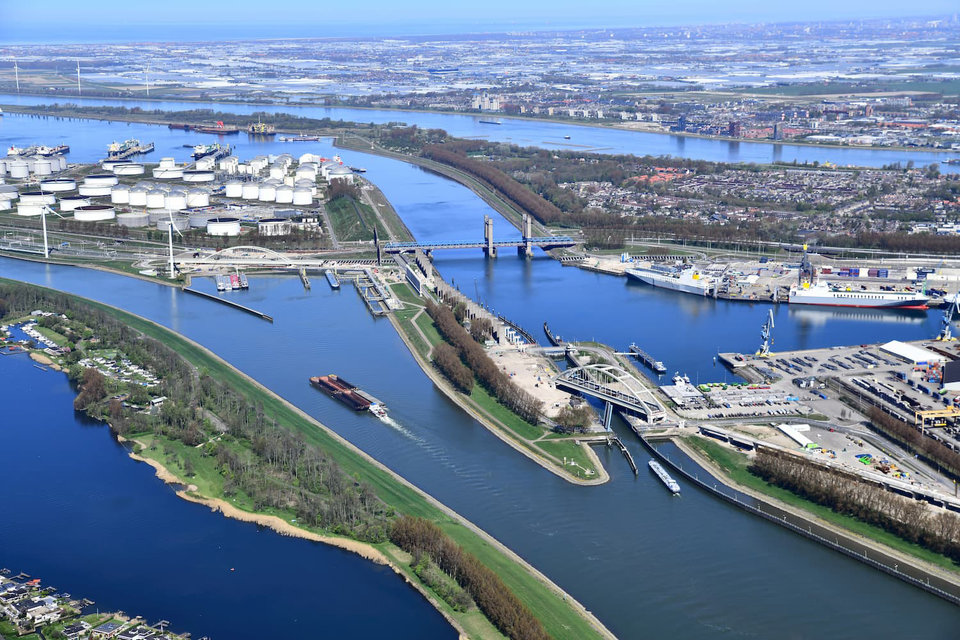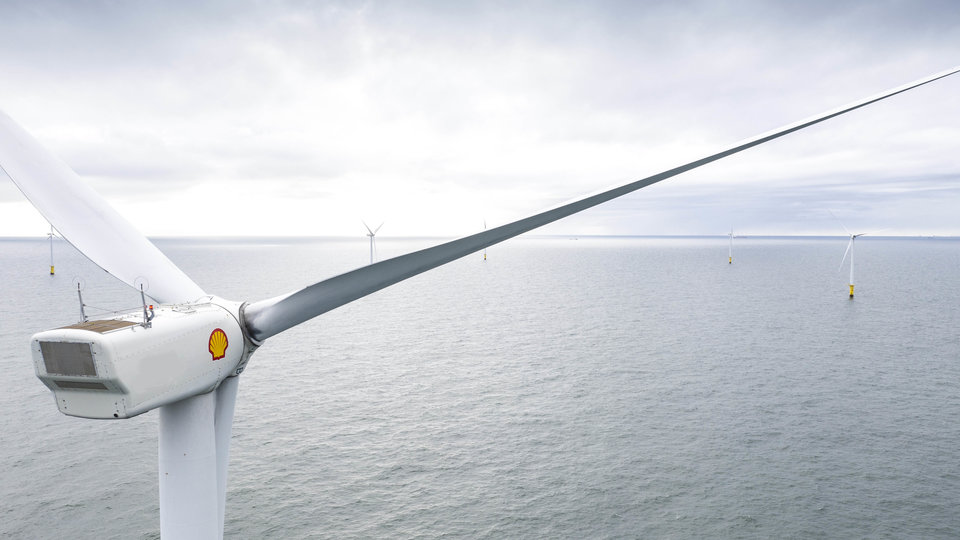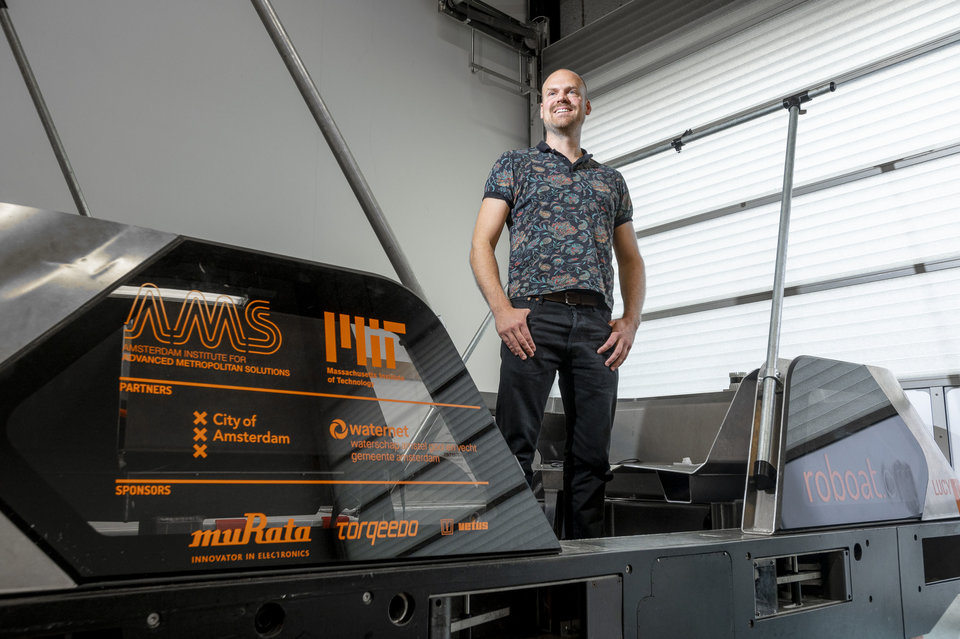Closing the concrete waste loop
No material has such omnipresence as concrete. Unfortunately, global recycling percentages remain low, condemning most concrete waste to landfills or low-grade applications. TU Delft start-up C2CA (which stands for Concrete 2 Cement and Aggregates) has ambitious plans to change all that. “We want to create a completely closed concrete loop in which concrete waste can be 100% upcycled.”
By Jochen Meischke • September 21, 2023
© C2CA
Recycling concrete comes with serious technical challenges. Cement, water, stones and sand make concrete, and to properly recycle, you have to take these elements apart again, explains Thomas Petithuguenin, the freshly-appointed CEO of C2CA. “Debris from a construction site can contain a lot of other materials too, of course. So first, we separate it from demolition waste and other materials, such as bricks.”
Key technologies to process concrete waste
But even when concrete is properly separated from other waste, challenges remain. Cement paste binds water with the other raw materials found in concrete. There’s various methods to tackle this, explains Petithuguenin, “You can use acid, electrostatic pulses or – what we do - thermal shock. Because when you rapidly increase temperatures, this has the effect of weakening the bond between materials and separates the individual particles.”
How it works
C2CA’s approach relies on two pivotal technologies: Advanced Dry Recovery (ADR) and a Heating Air and classification System (HAS). ADR uses a mechanical system to sort crushed concrete waste into three material streams: coarse aggregate, sand and fine product. A unique – and patented - aspect of C2CA’s ADR system is that it is able to break down said waste in a relatively wet state. After separating the coarse and fine aggregate, HAS steps in. Within a reactor, air is used to carry heat and separate unwanted materials (such as wood and plastics) and remove them from sand and fine product. At the same time, moisture is removed. The end result: clean base materials to produce new concrete.
Navigating challenges across Europe and beyond
Concrete constitutes a quarter of Europe's controlled waste volume, with the continent generating over 300 million tonnes of construction and demolition waste annually. Practical challenges remain when recycling concrete, explains Petithuguenin. “Pre-sorting is needed for concrete recycling for it to be economically viable. In the Netherlands, for example, there’s requirements for selective demolition, so the sorting of materials is already taking place at the demolition site. Waste goes to a facility with crushers, where we can apply C2CA’s technology.”
Other countries have different processes. For example, Greece has fewer requirements and landfills are still in use. “So if we want the recycle there, we need to develop the process of sorting, triage and pre-processing before we can apply our tech. The costs involved are completely different”, explains Petithuguenin. At the same time C2CA sees opportunities in countries such as India and China. “There’s high interest in concrete recycling coming from those markets.”
The importance of long-term predictions
Theoretically, recycled concrete can be used just like ‘virgin’ (brand-new) concrete. But Petithuguenin warns that challenges persist. “Currently, we have a lot of reference cases in the Netherlands that provide us with insights about, for example, water absorption. Because of course there are concerns about long-term performance from builders and real estate developers. So it’s important for us to be able to do reliable long-term predictions. For new technology to be embraced, you need to break social and psychological factors before making it big.”
Build less, build smarter
Ultimately, Petithuguenin argues there’s an urgent need to look into using buildings longer, build less and build smarter. He points out there’s many promising materials and options to produce concrete using nearby resources, saving energy. “Take fly ash and slag: byproducts of metal works and coals. You can use these when making concrete. If they’re close to where you need your concrete, you can really cut back on emissions from logistics.”
Governments play a big role in working towards standardization, and big gains can be realised here too. "Current downcycling practices—such as landfilling or road fillers—can be counteracted through regulations placing limits on embodied carbon in buildings or mandating recycled materials in construction," emphasizes Petithuguenin.
“The goals we have for 2030 in Europe and the Betonakkoord also for 2030, in the Netherlands – those I believe able to really push innovation”
Thomas Petithuguenin
For new technology, the struggle is real
Petithuguenin applauds the first-mover mentality he is encountering in the Netherlands. As a start-up, opportunities to test and validate are immensely important. C2CA applied recycled concrete for the foundation of the Co-Creation Centre on TU Delft field lab The Green Village, for example. “End-user references like these are really valuable. The Green Village is unique in this aspect because the terrain is exempt of standard rules and regulations. We’re also testing some applications of recycled concrete in the Afsluitdijk. Currently, it’s out-performing virgin concrete. It’s not magic, the material is just behaving differently than regular concrete.” With a smile: “And, in this case, better – it shows an improvement in compressive strength”
New technology can struggle to find a foothold in an established industry or economy because conservative mindsets, economies of scale or risk-averse partners. Overcapacity also plays a role, observes Petithuguenin. “Most cement plants don’t operate on full capacity. But they are run incredibly efficiently.’
Future goals push innovation
C2CA aspires to establish a flagship facility in the Netherlands—a hub for comprehensive concrete waste processing. Variants will be tested before constructing reference plants globally, including in the United States. “We have to find out what’s scalable, become less dependent on hardware and improve know-how on how to recycle materials”, says Petithuguenin.
When asked how viable the goals for Europe in 2050 (becoming fully circular are) Petithuguenin laughs. “I’d like them to be! But as an environmentalist, I’m realistic about the limitations of technology. We need to change our economics, society and behaviour and produce less stuff. With that in mind: I’d rather look at the short term, say five years from now. What tools and mechanisms do we have to achieve these objectives? The goals we have for 2030 in Europe and the Betonakkoord also for 2030, in the Netherlands – those I believe able to really push innovation.”
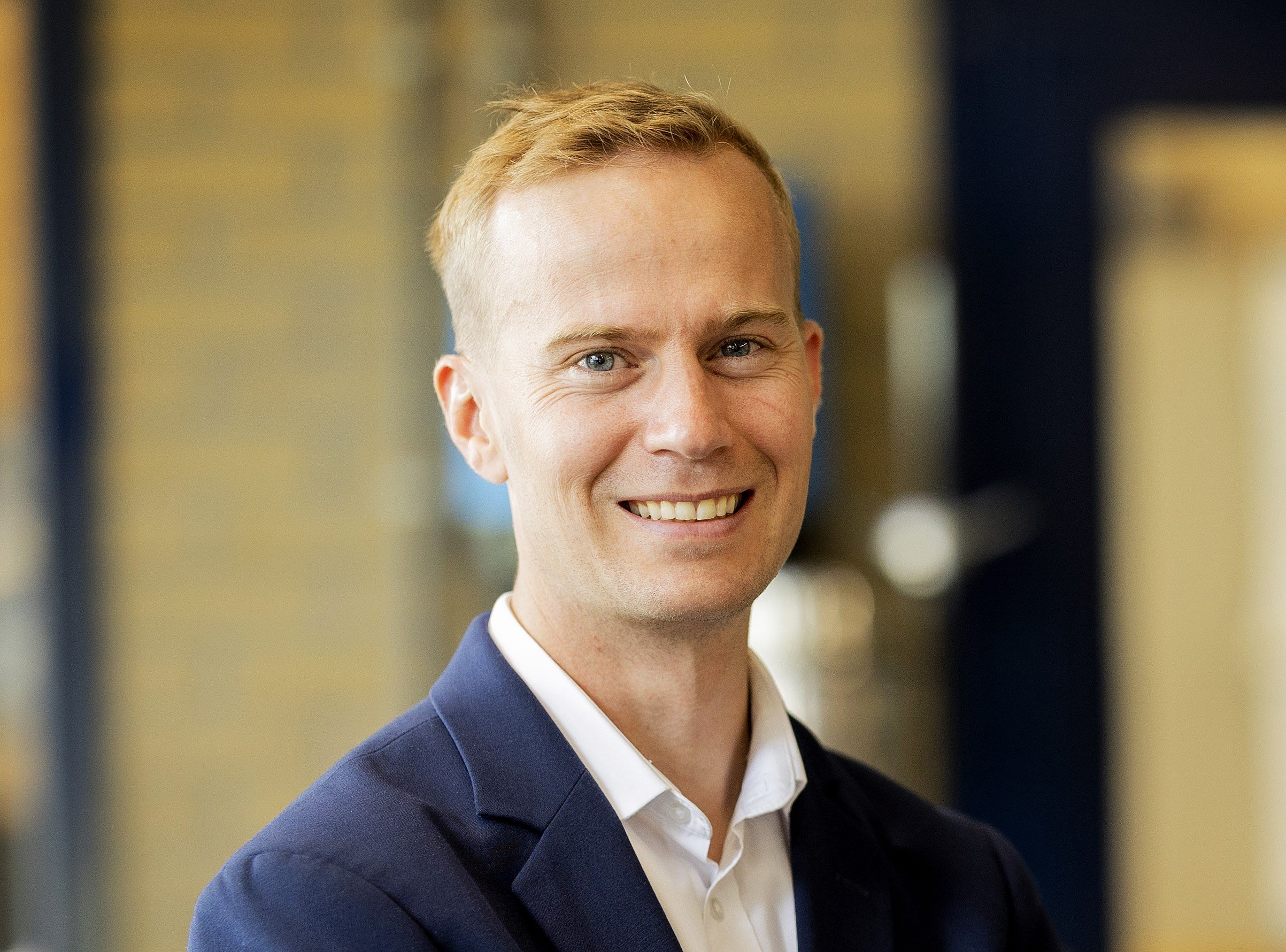
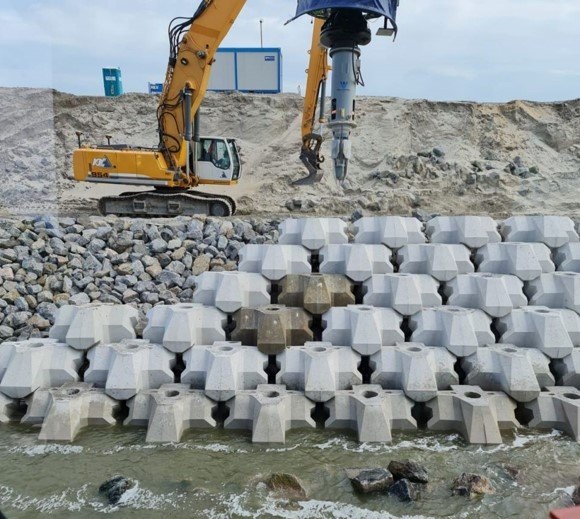
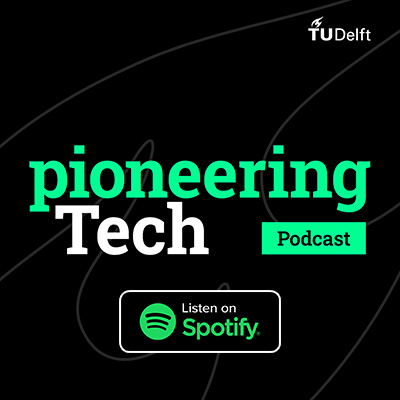
![[Translate to English:] [Translate to English:]](https://filelist.tudelft.nl/_processed_/c/8/csm_David%20Peck%20-%20web_7233a65c29.jpg)

